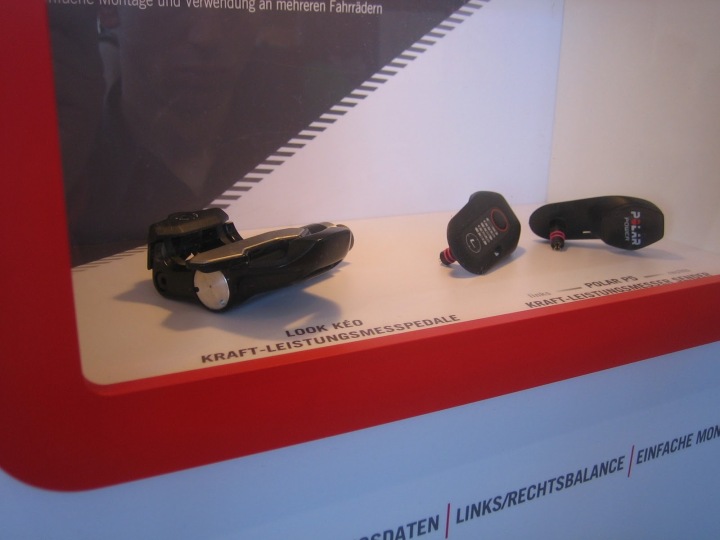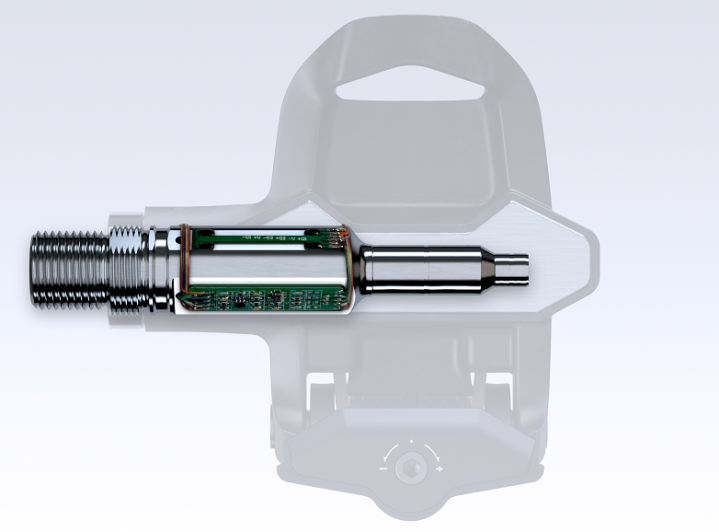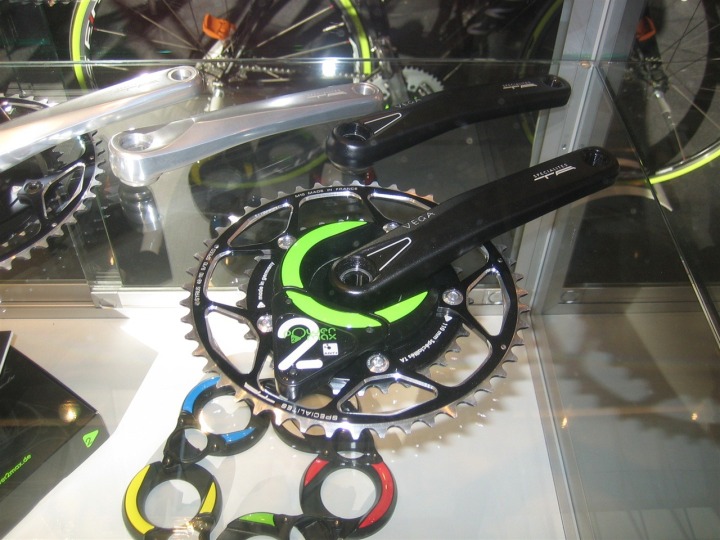Heads up! The big Garmin annual spring sale has started, with $200 off the Fenix 8 (first sale to date!), $100 off the Edge 1050, Forerunner 965 at $499, the Forerunner 265, the new Instinct 3, and countless other Garmin products including inReach Mini 2. Plus the Apple Watch Ultra 2 Black Titanium is on sale, and some Suunto & Wahoo product deals too. Full list & thoughts here!
I’m DC RAINMAKER…

I swim, bike and run. Then, I come here and write about my adventures. It’s as simple as that. Most of the time. If you’re new around these parts, here’s the long version of my story.

You'll support the site, and get ad-free DCR! Plus, you'll be more awesome. Click above for all the details. Oh, and you can sign-up for the newsletter here!
Here’s how to save!
Wanna save some cash and support the site? These companies help support the site! With Backcountry.com or Competitive Cyclist with either the coupon code DCRAINMAKER for first time users saving 15% on applicable products.
You can also pick-up tons of gear at REI via these links, which is a long-time supporter as well:Alternatively, for everything else on the planet, simply buy your goods from Amazon via the link below and I get a tiny bit back as an Amazon Associate. No cost to you, easy as pie!
You can use the above link for any Amazon country and it (should) automatically redirect to your local Amazon site.
While I don't partner with many companies, there's a few that I love, and support the site. Full details!

Want to compare the features of each product, down to the nitty-gritty? No problem, the product comparison data is constantly updated with new products and new features added to old products!

Wanna create comparison chart graphs just like I do for GPS, heart rate, power meters and more? No problem, here's the platform I use - you can too!

Think my written reviews are deep? You should check out my videos. I take things to a whole new level of interactive depth!

Smart Trainers Buyers Guide: Looking at a smart trainer this winter? I cover all the units to buy (and avoid) for indoor training. The good, the bad, and the ugly.
-
Check out my weekly podcast - with DesFit, which is packed with both gadget and non-gadget goodness!

Get all your awesome DC Rainmaker gear here!
FAQ’s
I have built an extensive list of my most frequently asked questions. Below are the most popular.
- Do you have a privacy policy posted?
- Why haven’t you yet released a review for XYZ product you mentioned months ago?
- Will you test our product before release?
- Are you willing to review or test beta products?
- Which trainer should I buy?
- Which GPS watch should I buy?
- I’m headed to Paris – what do you recommend for training or sightseeing?
- I’m headed to Washington DC – what do you recommend for training?
- I’m from out of the country and will be visiting the US, what’s the best triathlon shop in city XYZ?
- What kind of camera do you use?
-
5 Easy Steps To The Site
In Depth Product Reviews
You probably stumbled upon here looking for a review of a sports gadget. If you’re trying to decide which unit to buy – check out my in-depth reviews section. Some reviews are over 60 pages long when printed out, with hundreds of photos! I aim to leave no stone unturned.
Read My Sports Gadget Recommendations.
Here’s my most recent GPS watch guide here, and cycling GPS computers here. Plus there are smart trainers here, all in these guides cover almost every category of sports gadgets out there. Looking for the equipment I use day-to-day? I also just put together my complete ‘Gear I Use’ equipment list, from swim to bike to run and everything in between (plus a few extra things). And to compliment that, here’s The Girl’s (my wife’s) list. Enjoy, and thanks for stopping by!
Have some fun in the travel section.
I travel a fair bit, both for work and for fun. Here’s a bunch of random trip reports and daily trip-logs that I’ve put together and posted. I’ve sorted it all by world geography, in an attempt to make it easy to figure out where I’ve been.
My Photography Gear: The Cameras/Drones/Action Cams I Use Daily
The most common question I receive outside of the “what’s the best GPS watch for me” variant, are photography-esq based. So in efforts to combat the amount of emails I need to sort through on a daily basis, I’ve complied this “My Photography Gear” post for your curious minds (including drones & action cams!)! It’s a nice break from the day-to-day sports-tech talk, and I hope you get something out of it!
The Swim/Bike/Run Gear I Use List
Many readers stumble into my website in search of information on the latest and greatest sports tech products. But at the end of the day, you might just be wondering “What does Ray use when not testing new products?”. So here is the most up to date list of products I like and fit the bill for me and my training needs best! DC Rainmaker 2024 swim, bike, run, and general gear list. But wait, are you a female and feel like these things might not apply to you? If that’s the case (but certainly not saying my choices aren’t good for women), and you just want to see a different gear junkies “picks”, check out The Girl’s Gear Guide too.



![keoPower_scene02ok[4] keoPower_scene02ok[4]](https://media.dcrainmaker.com/images/2010/09/the-polarlook-power-meters-power2max-power-meter-5-thumb.jpg)












great preview, they look great, but I must admit I was hoping for a lower price point to be honest!! I’m not sure I can pass this by my “accountant” lol
I’m very disappointed in the Polar/Look power meter. I use Look pedals and was looking forward to this. The cost and the fact that it’s not Ant+ just dropped it right off the list.
From info I’ve seen, apparently the pedal spindle orientation needs to be “fixed” on the Polar/Look system…that’s going to slow down pedal swaps a bunch.
I’ll still go with my CinQo crank swap skilz :-)
does anyone know what sort of price point the metrigear power meter is expected to be?
Metrigear was initially targetted at sub-$1000 including pedals. But, word’s been pretty quiet around them lately with respect to anything other than ‘we’re still alive’.
I expect that it wouldn’t take much to convert the system to work with ANT+ if Look saw that there was a demand for it. Presumably, all it would take would be a redesign of the electronics in the crank pods.
One stumbling block may be that the current ANT+ spec doesn’t seem (AFAIK) to support using two data streams, but I’m sure that could be worked around.
I’ve got to disagree with you… if Metrigear hadn’t sold out they certainly would be saying so… also, the reasons you cite for why you think Polar and Metrigear *aren’t* in cahoots (sp?) are pretty weak. Changing the design from Ant+ to W.I.N.D is trivial from a design perspective… both use a drop-in chip that does all the hard work and the uC probably interacts with either via SPI, I2C or even serial. Second, the Look vs. Speedplay pedal type really is irrelevant – the sensor goes in the spindle (axle)… again, from a design perspective, it doesn’t matter what type of clip interface is attached to the interface…
Now take a close look at the pictures… they look nearly identical, including the battery pack arrangement.
Finally, Polar/Look simply didn’t have enough time to get to this solution on their own… if they had been working with strain-gauge based power meter systems for a while, then maybe… but otherwise there simply isn’t the time to forma team to do this and get this far development-wise…
I’d put a big pile of cash on a bet that the Polar/Look design *is* the Metrigear design…